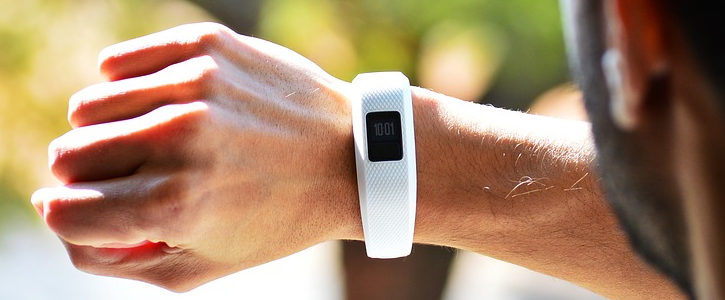Healthcare Providers Actually Want More Wearables Data
Patient-generated health data can be used to provide a clearer understanding of the benefits of wearable devices.

Hospitals and health systems want more patient-generated health data, according to a new report by Healthcare Information and Management Systems Society (HIMSS) Media.
The report, “The Role of Wearables and (Patient-Generated Health Data) in the Care Delivery Continuum,” sponsored by Fitbit, found that 79 percent of respondents would like to have more data about patients in between encounters. Seventy-two percent said they need patient-generated health data to make good decisions on chronic health management.
According to the report, 90 percent of those incorporating wearable devices in their workflow see it as a technology strategy that can positively impact chronic disease management.
“We are learning to trust the data,” John Sharpe, senior manager of the Personal Connected Health Alliance at HIMSS said. “Furthermore, we’re learning how to make actual wearables and activity monitors more effective tools in both preventing disease and managing chronic disease.”
>> READ: Apple Watch ECG App Goes Live
Respondents said the top three reasons to incorporate wearables are for timely interventions, immediate feedback and improved patient accountability and empowerment.
Chronic diseases like obesity and Type 2 diabetes deal with diet, exercise and medication adherence and have the lowest rate of clinical control.
“These conditions lend themselves well to the value of wearable devices and (patient-generated health data) because individuals need more constant guidance and self-reflection to succeed than can be provided with sporadic office visits,” said John Moore, M.D., medical director at Fitbit.
Wearable devices and trackers are not just being used for chronic disease management, but also disease prevention.
The report mentioned a 2014 study of a pre-diabetes intervention program with the YMCA that analyzed the effects of health coaching and patient-generated health data in relation to exercise, tracking and managing food intake. The study found that those with a tracking coach had a 58 percent reduction in their risk of diabetes compared to those treated with medication (31 percent). Participants who were 60 years or older had a risk reduction of 71 percent.
“When patients believe their doctor or their nurse is looking at their data, they don’t eat the cake, they take a walk rather than sit in front of the TV — they change their behaviors because they think someone is watching,” Rob Havasy, senior director of health information systems at HIMSS, said.
But there are some barriers that providers face in deploying wearables and using patient-generated health data.
Respondents reported that cost to payers, providers and patients, integrating data into the patient record and data overload on providers were the top barriers to wider wearables integration.
Despite all this, tech giants like Google and Microsoft said they would work together to remove such barriers to health data exchange.
And half of the hospitals and health systems reported using or planning to digitally connect patients with a digital health coach — practitioners who facilitate patient treatment and education on behalf of physicians.
“The combination of wearables and health coaching can help to increase patient motivation and engagement with their care,” the report found.
With patient-guided health data programs and personalized health coaching being incorporated into providers’ practices, it is possible to develop a clearer understanding of the benefits of wearable integration.
Get the best insights in healthcare analytics directly to your inbox.
Related
Original Research: MDs Are Increasingly Recommending Wearables
What Does HIPAA Mean for New Health Tech?
Garmin Signs on with Health Data Platform to Boost Scientific Studies
Podcast: Adoption of Healthcare Tech in the Age of COVID-19 with Dr Kaveh Safavi
June 22nd 2021Kaveh Safavi, MD, JD, global health lead of Accenture Health, discusses how the pandemic influenced the speed at which healthcare organizations adopted new technologies and how this adoption is impacting patient care.